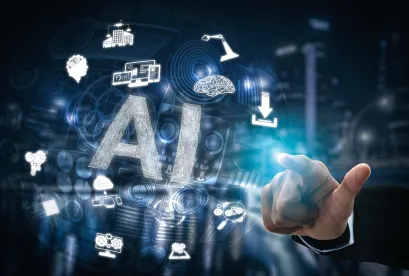The World Health Organization (WHO) received first reports on December 31, 2019 of a novel Coronavirus (2019-nCoV) discovered in the Wuhan region of China. Scientists in China linked the disease to a family of viruses including SARS and MERS (Middle East Respiratory Syndrome). By February, WHO had declared a global emergency, the U.S. had issued a level four warning and convened the President’s Coronavirus Task Force. By the beginning of March, the number of confirmed cases of 2019-nCoV in mainland China had ballooned to over 80,000 and more than 2,800 deaths. To date, more than 10,000 confirmed cases have been confirmed across dozens of countries, with South Korea, Italy, and Iran addressing more than 1,500 each.
Meanwhile, tech companies and global corporations are grappling with disruptions to supply chains, worker and contractor operations in affected regions, and international travel. Shortly after the WHO’s emergency declaration, airlines including United, American Airlines, and Delta announced the suspension of all flights to mainland China through at least most of March.
“It’s astonishing how fragile business affairs can be,” notes Dr. Ian Cullimore, co-founder of a tech startup and expert in virtual networks, cybersecurity, and tech patents. “One of our products is manufactured in Shenzen, China, and we were due to have been out there by now.”
Tech giants including Google, Tesla, and Apple are bracing to manage supply chain disruptions and worker displacements due to quarantines and travel restrictions. In a recent interview with Bloomberg Tech, Patrick Moorhead, a veteran industry analyst with Moore Insights and Strategy explained, “I can’t imagine a scenario where the supply chain isn’t disrupted. If there’s one major hiccup in the raw materials, fabrication, assembly, test, and shipping, it will be a disruption.”
In 2003, the SARS epidemic had affected twenty-six countries with more than 8,000 cases. Today, 2019-nCoV boasts more confirmed cases and affected countries than SARS. However, with the growing adoption of cloud computing, big data is certainly more accessible in today’s response to 2019-nCoV compared to earlier epidemics such as SARS in the 2000s, and companies and agencies are learning how to leverage it.
Edwin Hernandez, Ph.D. is an expert in artificial intelligence, IoT, and cloud computing. He notes that it’s not just how accessible big data has become for the science and medical communities; it’s that we’ve become increasingly good at identifying patterns. “One of the first warning signs of an epidemic on the 2019-nCoV was raised by a private company, BlueDot, using AI for pattern recognition,” observes Hernandez. “You think back to earlier epidemics, and we were still waiting on megabytes of data to upload at very high costs and very slow speeds. Now, we’re working with big data to spot patterns and behavioral trends — even to the point where we may be able to predict you are pregnant before you know yourself.”
“What makes software such as this useful is less about collecting better data faster,” observes Stu Lipoff, the former VP of Technology and Innovation with Arthur D. Little and an expert in emerging electronics and tech intellectual property. Lipoff explains, “it’s more about the ability to make sense of large amounts of data from diverse sources that go beyond health departments traditional single sources from health care provider reports.” Lipoff points to the value of connecting diverse sources of data not traditionally monitored by government health agencies, including data on travel, automobile traffic, school attendance, home deliveries, financial markets, and other sources.
While health organizations and communities race to diagnose, treat, and stem the spread of 2019-nCoV with new views provided by use of AI, businesses and markets are bracing for impact with many unknowns. Amid the public health emergency, big data and AI may be informing novel approaches for industry and financial markets, too.
“When these diverse data sources are correlated with seasonally adjusted historical information, it is possible to ring the alarm bell before primary data from health care providers reaches the government health departments,” notes Lipoff.
With this epidemic, we will see companies increasingly reliant upon AI systems and diverse big data to raise alarm bells and understand risk. While today’s AI systems represent a marked change in the tools available to address 2019-nCoV compared to SARS nearly two decades ago, in-house counsel and commercial litigators will need to prepare for an increasingly complex generation of disputes surrounding how AI is used to mitigate risk and inform decisions.




 />i
/>i

